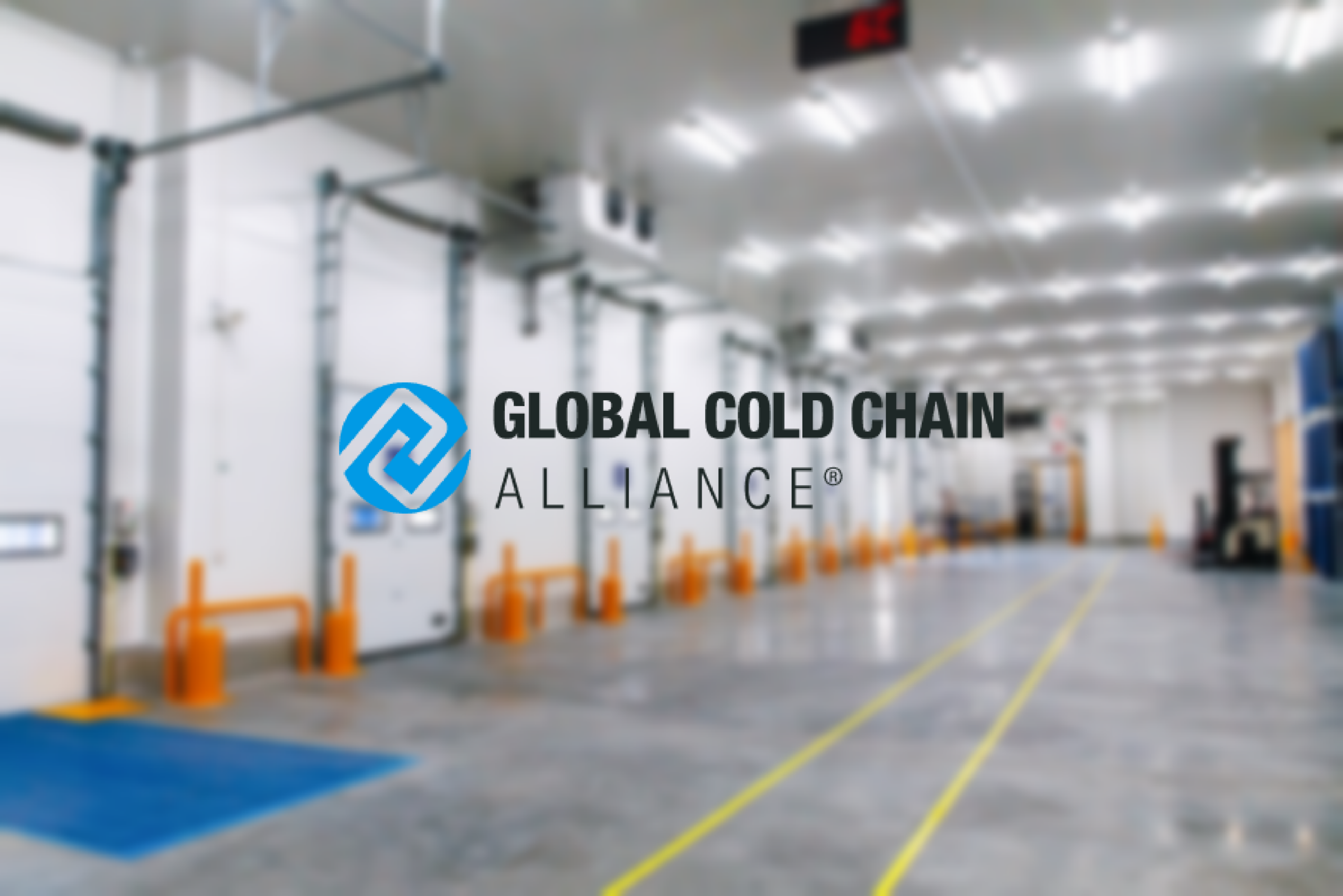
Blogs, Customs
Streamline your customs flow; your NCTS (transit) flows mapped out
Date
2 September, 2021
Reading time
3min. reading time
Many logistics service providers are dealing with the import and export of products from and towards outside national borders or Europe. This is where the customs step in. A smooth customs declaration process is therefore significantly important for the efficiency of your logistic processes. But, how can you realize a streamlined process without any hiccups?
In this second blog about customs flows, we map out your NCTS flows – also know as Transit flows – and offer handles when your NCTS declaration is declined.
NCTS: what is it and how does it work?
Do you receive goods from third countries? Or do you want to transport goods from one customs entrepôt to another? Then you step into the world of NCTS. Where AGS focusses on importing goods and correctly handle customs rights, with NCTS this is not the case. By using NCTS, you can transport goods of which the taxes aren’t paid yet, without having to pay those upfront. However, a bail is needed, which will be returned once the transit document is cleared by the recipient.
NCTS Arrival
When you receive goods from outside the European Union, or from another customs warehouse, you have to notify customs and confirm the goods have arrived to your warehouse. Based on the risk profile is determined whether or not a physical check is needed. If not, you can unload the goods. When released, you have two choices: unload as customs good, or declare via AGS so that the goods can be brought into free traffic and pay the taxes. In what way this arrival works, you see in the image below.

NCTS Shipment
When ship goods from your customs entrepot, you use a transit (T1) document. To make that possible, in most cases you first must create a re-export via AGS after which you can create a transit (T1) document. When you ship goods to an area that is cleared by the EU, you will need a T2 document. With this, you show that the goods are of European origin. The Transit decleration process is mapped out in the image below.

Errors in 3PL Dynamics
As for the other customs flows, you can find information on possible errors in the fact box ‘Additional Information’. Here you find what the error code that occurred. With that information, you can targeted solve it. It is possible that you see multiple Statement Codes, therefore an extra field is added which gives extra information to define the error.

Your customs processes in 3PL Dynamics
Do you want to learn more about what the customs module can offer you? Or do you need help with solving an error in your customs flow? Mail to support@boltrics.nl; we are glad to help.

